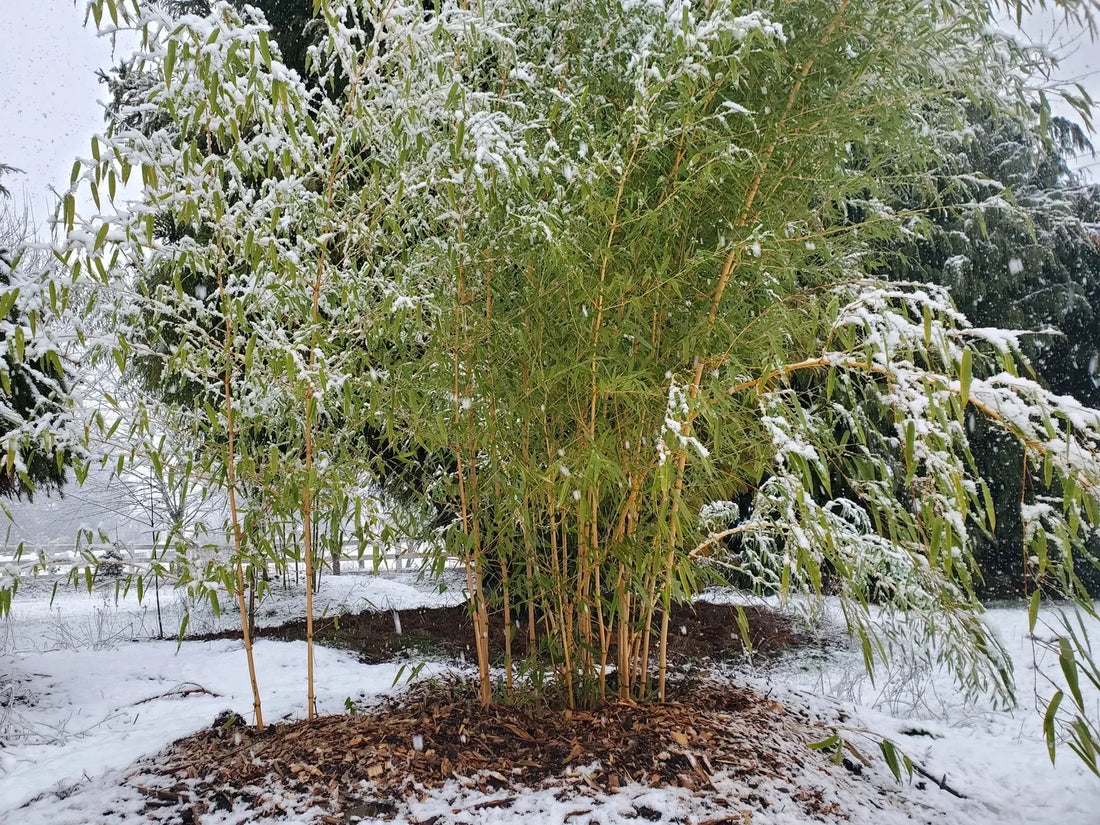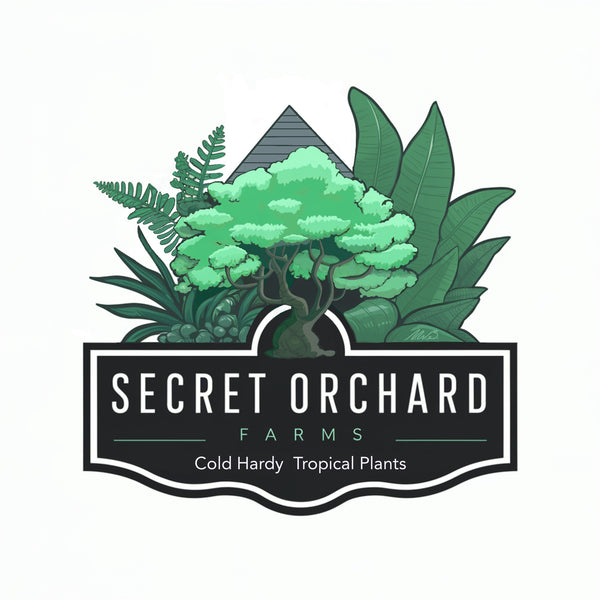
Growing Bamboo in the Pacific Northwest
If you're considering to buy bamboo, there are a few things you should know before getting started. One important consideration is the strain or variety of bamboo you want to grow. In the Pacific Northwest, some popular running strains include the crooked golden stem (Phyllostachys aureosulcata 'Aureocaulis'), Japanese timber (Phyllostachys bambusoides), and black bamboo (Phyllostachys nigra). There are also several varieties of clumping bamboo, such as Gracillis, Alphonse Karr, Ghost, Oldhamii, Himalayan Weeping, Nepalese Blue, and China Gold.
When selecting a strain, it's important to consider the climate and conditions in your area. Some strains may not be suitable for the Pacific Northwest, so do your research before making a purchase. For example, the Japanese timber bamboo is known for its impressive size, with diameters of 3 to 4 inches and heights ranging from 25 to 70 feet. However, it may require a barrier if planted in the ground, as it can spread rapidly and become invasive.
Another consideration is the amount of space you have available. Bamboo can be planted in containers, but it may not grow as tall or thick as it would in the ground. If you choose to plant in the ground, it's important to have a plan for containing the bamboo. Bamboo plastic barrier is an effective product for this purpose.
When it comes to budget, consider how much space you want to cover with bamboo. Planting every 5 feet can help fill in the area quickly, but keep in mind that potted bamboo can start at around $100 per pot.
 Fertilizing your bamboo is also an important aspect of its care. A balanced fertilizer with equal parts nitrogen, phosphorus, and potassium is recommended, and should be applied in the spring and fall. Bamboo can take a lot of fertilizer so don't worry about dumping it on.
Fertilizing your bamboo is also an important aspect of its care. A balanced fertilizer with equal parts nitrogen, phosphorus, and potassium is recommended, and should be applied in the spring and fall. Bamboo can take a lot of fertilizer so don't worry about dumping it on.
Finally, if you're planning on digging up bamboo, it can be a difficult task without the right tools. The King of Spade shovel and a battery-powered sawzall are two essential items for cutting rhizomes and splitting bamboo, especially when dealing with larger strains like Japanese timber bamboo.
Overall, with the right research and preparation, growing bamboo can be a rewarding and beautiful addition to your outdoor space.
